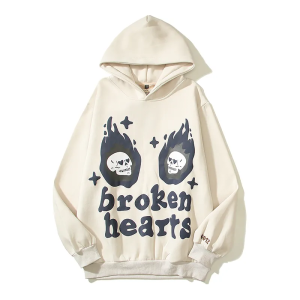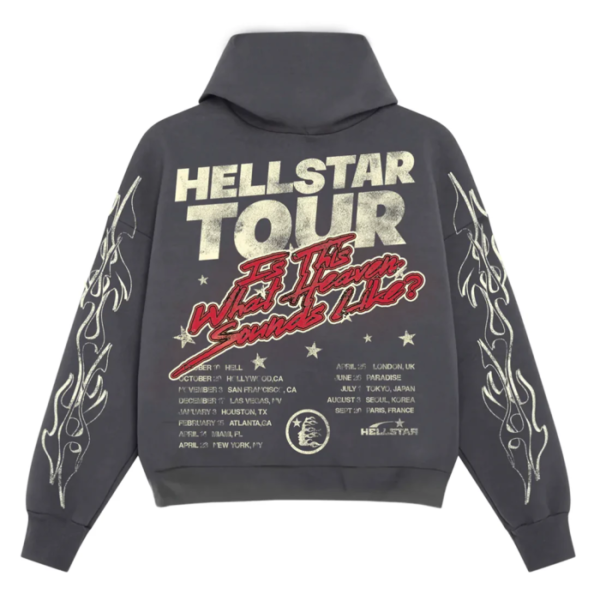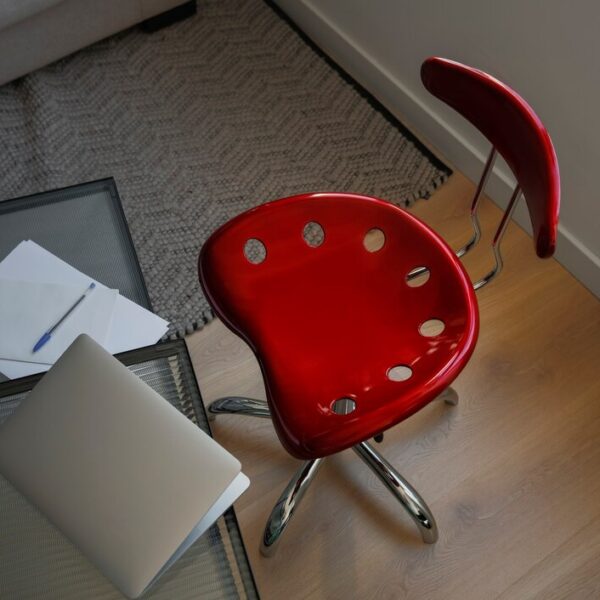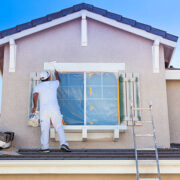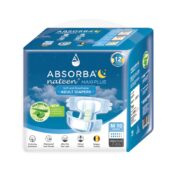
When it comes to construction and woodworking projects, choosing the right materials is crucial. Plywood is a versatile and widely used engineered wood product, but not all plywood is created equal. In this comprehensive guide, we’ll explore the world of plywood, focusing on identifying the strongest options available. We’ll also delve into comparisons such as plywood vs engineered wood and block board vs plywood to give you a well-rounded understanding of your material options.
Understanding Plywood Basics
Before we dive into the strongest plywood types, let’s review some fundamental concepts:
What is Plywood?
Plywood is an engineered wood product made by gluing together thin layers (called plies or veneers) of wood. These layers are typically arranged with their grain directions perpendicular to each other, which contributes to the material’s strength and stability.
Plywood Grades and Classifications
Plywood is classified based on various factors, including:
- Exposure durability
- Veneer grade
- Core composition
- Number of plies
Understanding these classifications is crucial in determining the strength and suitability of plywood for different applications.
Factors Affecting Plywood Strength
Several factors contribute to the overall strength of plywood:
- Wood species used
- Number and thickness of plies
- Glue type and quality
- Manufacturing process
- Core material
Let’s explore each of these factors in detail to understand how they impact plywood strength.
Wood Species
The type of wood used for the veneers plays a significant role in determining plywood strength. Some of the strongest wood species commonly used in plywood production include:
- Douglas fir
- Birch
- Maple
- Oak
- Mahogany
These hardwoods generally produce stronger plywood compared to softwoods like pine or spruce.
Number and Thickness of Plies
Generally, plywood with more plies tends to be stronger and more stable. The number of plies can range from 3 to 21 or more, with odd numbers being most common. Thicker plywood (more plies) is typically stronger, but it’s essential to balance strength with weight and cost considerations.
Glue Type and Quality
The adhesive used to bond the plies together is crucial for plywood strength. High-quality, moisture-resistant glues like phenol-formaldehyde (used in exterior-grade plywood) provide excellent bonding strength and durability.
Manufacturing Process
The manufacturing process, including how the veneers are cut, dried, and pressed, affects the final strength of the plywood. Proper quality control during production ensures consistent strength across the sheet.
Core Material
The core of the plywood can significantly impact its strength. Some plywood types use different materials for the core, such as:
- Solid wood
- Particleboard
- Medium-density fiberboard (MDF)
- Oriented strand board (OSB)
The Strongest Plywood Types
Now that we understand the factors influencing plywood strength, let’s explore some of the strongest plywood options available:
1. Marine-Grade Plywood
Marine-grade plywood is one of the strongest and most durable types available. It’s designed to withstand harsh marine environments, making it excellent for both interior and exterior use.
Key features:
- Made from high-quality hardwoods (often Douglas fir or Western Larch)
- Uses waterproof glue (typically phenol-formaldehyde)
- Has no voids or knots in the inner plies
- Excellent resistance to water, humidity, and temperature changes
Applications:
- Boatbuilding
- Outdoor furniture
- High-moisture areas in construction
2. Aircraft-Grade Plywood
As the name suggests, aircraft-grade plywood is engineered to meet the stringent requirements of the aerospace industry. It’s incredibly strong, lightweight, and dimensionally stable.
Key features:
- Made from high-quality hardwoods (often birch or mahogany)
- Uses specialized adhesives for superior bonding
- Extremely tight manufacturing tolerances
- Exceptional strength-to-weight ratio
Applications:
- Aircraft construction
- High-performance motorsports
- Specialty furniture and cabinetry
3. Structural Plywood
Structural plywood is designed for load-bearing applications in construction. It’s engineered to provide excellent strength and stiffness.
Key features:
- Often made from Douglas fir or Southern pine
- Uses exterior-grade adhesives
- Graded for specific structural performance levels
- Available in various thicknesses for different load requirements
Applications:
- Wall sheathing
- Roof decking
- Flooring underlayment
- Concrete formwork
4. Baltic Birch Plywood
Baltic birch plywood is known for its strength, stability, and attractive appearance. It’s a high-quality hardwood plywood with numerous thin plies.
Key features:
- Made from 100% birch veneers
- Has more plies than standard plywood of the same thickness
- Minimal voids or defects in inner plies
- Excellent screw-holding ability
Applications:
- High-end cabinetry
- Furniture making
- CNC router projects
- Laser cutting applications
Plywood vs Engineered Wood: Understanding the Differences
While plywood is a type of engineered wood, it’s important to understand how it compares to other engineered wood products. Let’s explore the key differences:
| Characteristic | Plywood | Other Engineered Wood (e.g., MDF, Particleboard) |
|---|---|---|
| Construction | Layers of wood veneers | Compressed wood fibers or particles |
| Strength | Generally stronger | Typically less strong than plywood |
| Moisture Resistance | Better resistance (especially exterior grades) | Generally less resistant to moisture |
| Screw-Holding Ability | Excellent | Fair to poor |
| Weight | Lighter | Often heavier |
| Cost | Generally more expensive | Usually more affordable |
| Appearance | Wood grain visible | Uniform appearance |
While plywood is often stronger and more moisture-resistant than other engineered wood products, each material has its place in construction and woodworking. The choice depends on the specific requirements of your project.
Block Board vs Plywood: A Comparison
Block board is another engineered wood product that’s sometimes confused with plywood. Let’s compare the two:
Block Board
Block board consists of a core made of wooden strips or blocks, sandwiched between veneers. The core strips run perpendicular to the outer veneers.
Pros:
- Good dimensional stability
- Resistant to warping
- Lightweight
- Cost-effective for certain applications
Cons:
- Not as strong as high-quality plywood
- Limited water resistance
- May not hold screws as well as plywood
Plywood
As we’ve discussed, plywood consists of multiple thin layers of wood veneer glued together.
Pros:
- Higher strength-to-weight ratio
- Better screw-holding ability
- More versatile (various grades for different applications)
- Better water resistance (especially in exterior grades)
Cons:
- Can be more expensive
- Heavier than block board in some cases
While both materials have their uses, plywood is generally considered stronger and more versatile than block board, especially for structural applications.
Choosing the Right Plywood for Your Project
Selecting the strongest plywood for your project involves considering several factors:
- Application requirements (structural, decorative, moisture exposure)
- Budget constraints
- Weight considerations
- Aesthetic preferences
- Local building codes and regulations
Always consult with experts or refer to engineering specifications when using plywood for structural applications to ensure you’re choosing a product that meets the necessary strength requirements.
Tips for Working with Strong Plywood
To make the most of strong plywood in your projects, consider these tips:
- Use sharp tools to minimize tear-out when cutting
- Support the plywood properly to prevent sagging or warping
- Use appropriate fasteners and adhesives for the plywood type
- Seal edges and surfaces to protect against moisture (for exterior applications)
- Allow for expansion and contraction in your designs
- Follow manufacturer recommendations for storage and handling
Environmental Considerations
When choosing strong plywood, it’s important to consider environmental factors:
- Look for plywood certified by organizations like the Forest Stewardship Council (FSC)
- Consider formaldehyde emissions (opt for low-emission or formaldehyde-free options when possible)
- Explore recycled or reclaimed wood options for suitable applications
Conclusion
Understanding what makes plywood strong and knowing the various types available allows you to make informed decisions for your construction or woodworking projects. While marine-grade, aircraft-grade, structural, and Baltic birch plywood are among the strongest options, the best choice depends on your specific needs.
Remember to consider factors such as wood species, number of plies, glue quality, and manufacturing process when evaluating plywood strength. Additionally, understanding the differences between plywood and other engineered wood products, as well as alternatives like block board, can help you choose the most appropriate material for your project.
By selecting the right type of strong plywood and following best practices for its use, you can ensure the durability, stability, and success of your woodworking or construction endeavors.
Q: Is plywood stronger than solid wood?
A: In many cases, yes. Plywood’s cross-laminated structure distributes strength in multiple directions, often making it stronger and more stable than solid wood of the same thickness.
Q: What is the strongest plywood for outdoor use?
A: Marine-grade plywood is generally considered the strongest and most durable for outdoor applications due to its waterproof construction and use of high-quality hardwoods.
Q: How can I tell if plywood is high-quality?
A: Look for tight, even layers with minimal voids, high-quality face veneers, and reputable grading stamps. The plywood should also feel heavy for its size and have a smooth, consistent surface.
Q: Is thicker plywood always stronger?
A: Generally, yes. Thicker plywood with more plies tends to be stronger, but other factors like wood species and glue quality also play important roles.
Q: Can I use interior plywood for exterior projects if I seal it well?
A: It’s not recommended. Exterior-grade plywood is specifically designed to withstand moisture and temperature changes. Sealing interior plywood may provide some protection, but it won’t match the durability of proper exterior-grade plywood.
Q: How does the strength of plywood compare to OSB (Oriented Strand Board)?
A: Plywood is generally stronger and more durable than OSB, especially in terms of fastener holding strength and resistance to moisture. However, OSB can be suitable for many applications and is often more cost-effective.
Q: Is Baltic birch plywood waterproof?
A: While Baltic birch plywood has good moisture resistance, it’s not inherently waterproof. For applications requiring waterproof properties, marine-grade plywood would be a better choice.
Q: How long does strong plywood last?
A: With proper use and maintenance, high-quality plywood can last for decades. Marine-grade plywood, for example, can last 25-50 years or more when properly maintained.
Q: Can I paint or stain strong plywood?
A: Yes, most types of plywood can be painted or stained. However, the surface preparation and type of finish may vary depending on the plywood grade and intended use.
Q: Is there a difference in strength between domestic and imported plywood?
A: The strength of plywood depends more on its construction and materials than its origin. However, be sure to choose plywood that meets relevant quality standards and certifications, regardless of where it’s manufactured.

